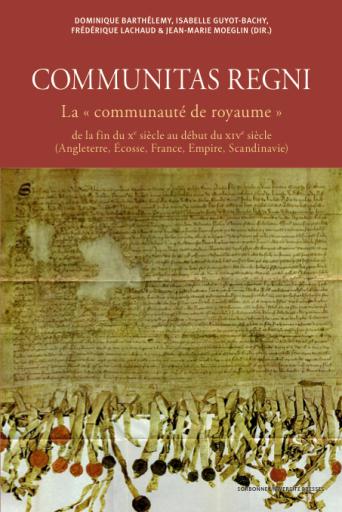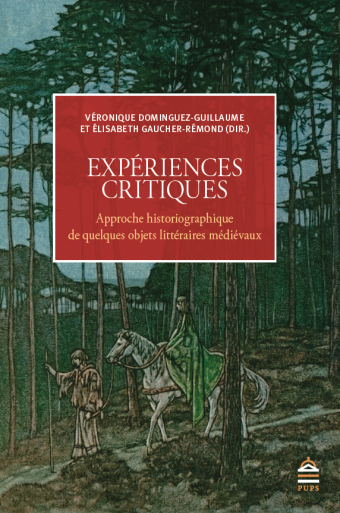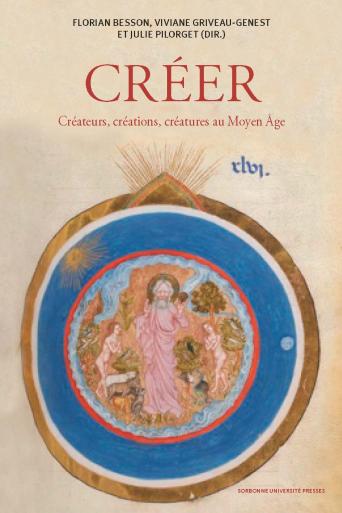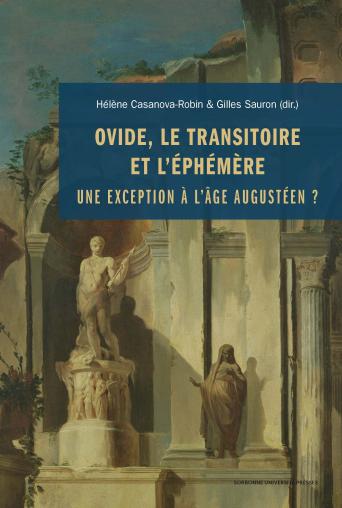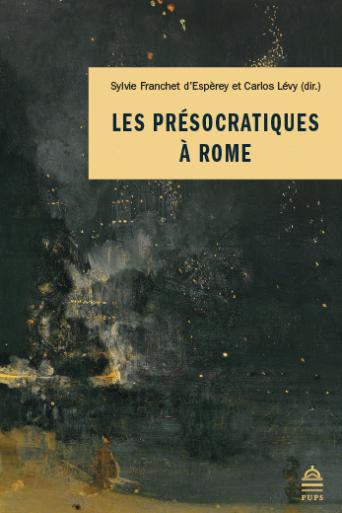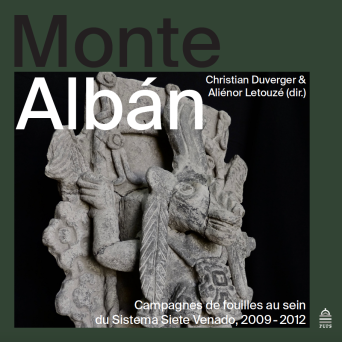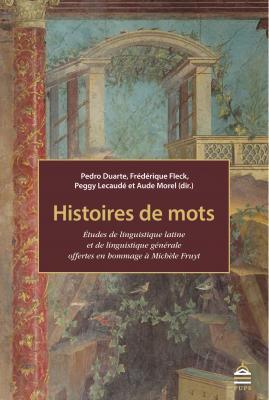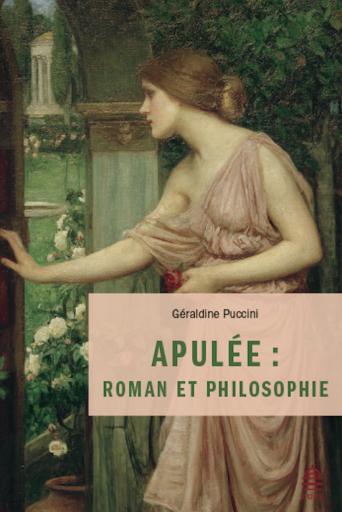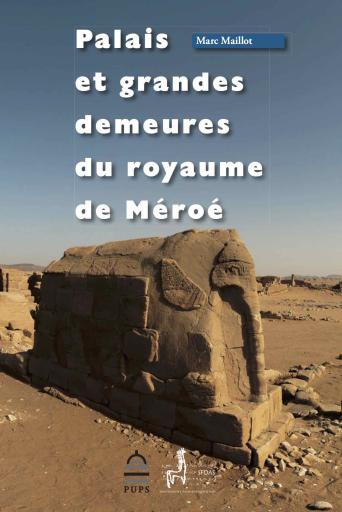Hommage à Charles Bonnet
Dès l’Antiquité, bien des statues de rois, de dieux ou de particuliers ont été brisées, en Égypte et au Soudan, pour de multiples raisons : accidents, guerres, rivalités dynastiques, proscriptions. Mais elles gardaient une valeur sacrée pour les prêtres chargés de leur entretien, qui en ont souvent recueilli les fragments dans des cachettes à l’intérieur du périmètre des domaines divins, comme celles du Gebel Barkal ou de Doukki Gel. D’autres statues ont été dérobées peu de temps après leur sculpture pour être placées dans des cadres différents de ceux pour lesquels elles avaient été conçues. C’est le sort qu’ont connues les effigies de souverains et de particuliers de la XVIIe dynastie découvertes dans les sanctuaires et les tumuli de Kerma, mais initialement destinées à divers sites de Haute et Moyenne Égypte. D’autres enfin ont connu des restaurations antiques ou modernes.
Plusieurs spécialistes internationaux s’efforcent de reconstituer certains de ces chefs d’œuvre, à partir de fragments parfois dispersés aux quatre coins du monde. Ainsi le temple de milliers d’années d’Amenhotep III, sur la rive occidentale thébaine, est le théâtre d’un chantier « pharaonique » voué à la reconstitution d’un programme statuaire unique dans l’histoire de l’art égyptien.
Ever since ancient times a large number of Egyptian and Sudanese statues of kings, gods and other individuals have been broken up. There were many reasons for this: wars, dynastic rivalry, proscriptions, even accidents. Conscious of their sacredness, the priests who looked after them frequently collected the fragments and hid them in secret places within the temple precincts, as at Gebel Barkal and Doukki Gel. In some cases statues were illegally removed from their first site only to be re-erected in places far from where the sculptors or their patrons had intended. This was the fate of the effigies of the kings and nobles of the 17th dynasty which were discovered in the sanctuaries and tumuli of Kerma, but which had initially been meant for erection in various sites in Upper and Middle Egypt.
There is a long tradition, from Antiquity to modern times, of restoring such statues which are often found in a severely damaged condition. Piecing together the fragments of masterpieces which have sometimes been dispersed to the four corners of the earth is the painstaking work of many international specialists. Thus the ancient temple of Amenhotep III, on the western bank at Thebes, has become the scene of a restoration site of Pharaonic dimensions dedicated to reconstituting an enormous number of statues to a degree previously unknown in the history of Egyptian artwork.
Charles Bonnet, honorary professor at the University of Geneva, was director of archaeology for the Canton of Geneva from 1972 to 1998. Since 1969 he has been working in Egypt and Sudan where he directed the Kerma excavations for forty years. He was also president of the International Society for Nubian Studies from 1994 to 2002. He is the recipient of honorary doctorates from many universities (Paris-Sorbonne, Khartoum, Dongola, Louvain). As a member of numerous scientific bodies in Switzerland, France and Italy, and through his association with the French Academy, he has played a major role in the development of European archaeology.






